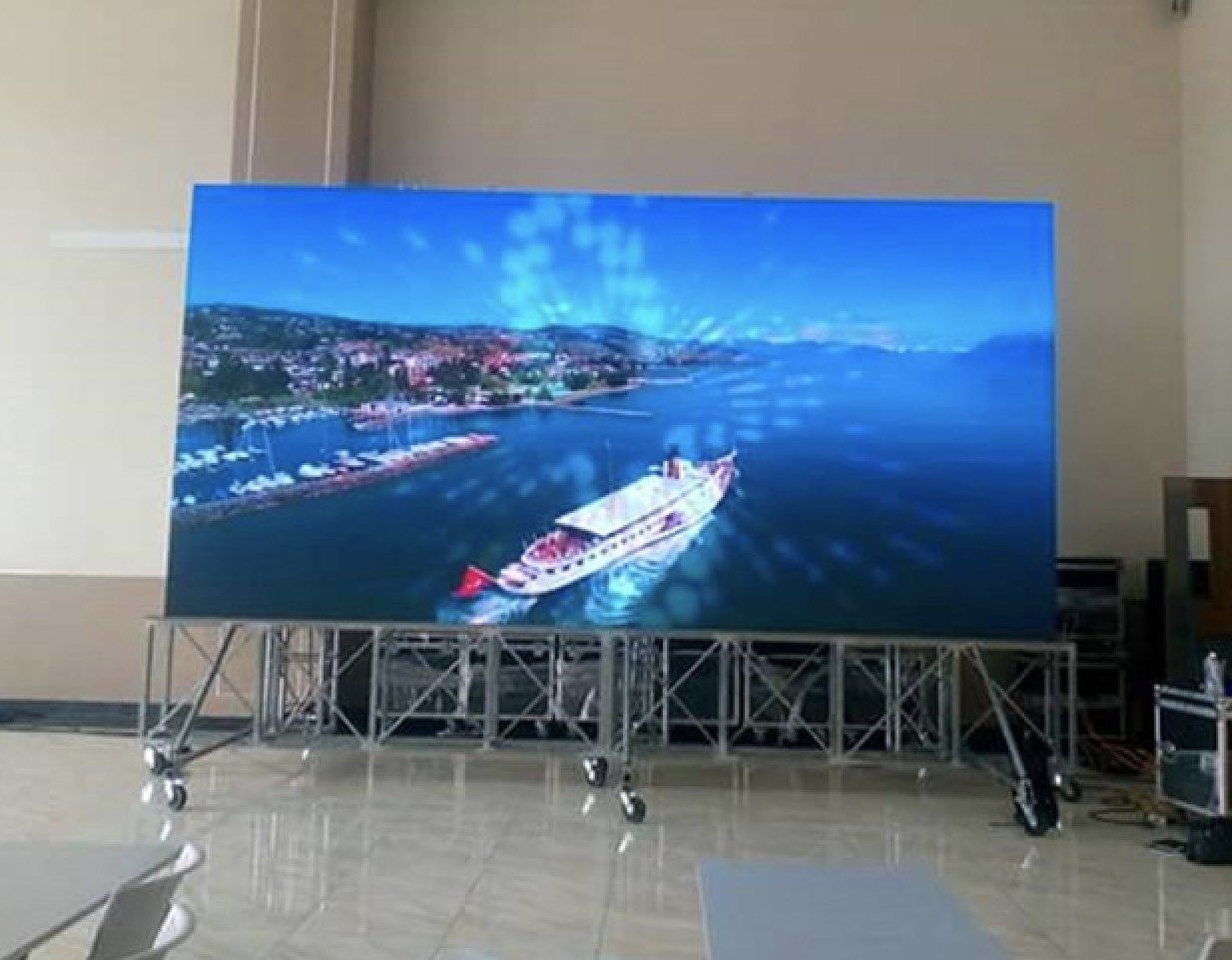Maximizing Visual Effect Through Tactical Content Scheduling in LED Display Performance
Wiki Article
Maximizing visual effect throughout LED screen shows demands meticulous preparation plus strategic content timing. Light-emitting diode screens represent potent instruments for visual storytelling, often used during musical events, events, plus displays. The efficacy of these displays depends not only on the quality of the visuals but additionally upon how and when they are presented. By understanding the audience's focus duration and the flow of the event, organizers can create a more engaging experience that enthralls spectators plus improves the total show.
One crucial aspect of strategic visual timing is scheduling. It is vital to synchronize the images with the rhythm and tempo of the show. For instance, during a musical performance, visuals should enhance the beat and mood of the music. This synchronization helps to forge a unified encounter that pulls the audience in. Additionally, it is important to consider the duration of each image clip. Short, impactful clips can maintain audience interest, while longer visuals may be appropriate for instances of reflection or emotional connection. By altering the duration and vigor of the visuals, event planners can keep the audience engaged throughout the show.

Another crucial factor is the content itself. The visuals displayed on the light-emitting diode screen should be pertinent to the theme of the performance. This relevance helps to strengthen the narrative being communicated plus makes the experience more memorable for the audience. For instance, if the show is about ecological awareness, using visuals that depict nature and wildlife can enhance the message. Furthermore, adding lively features, such as animations or interactive graphics, can add excitement and keep the viewers' focus. The appropriate material, shown at the appropriate moment, can considerably enhance the impact of the performance.
Viewer involvement is also a key consideration in content scheduling. Understanding the demographics and preferences of the audience can guide the selection of visuals. For example, a younger audience may react better to vibrant colors and fast-paced additional resources animations, while an older audience might appreciate more subtle and sophisticated visuals. By tailoring the content to the viewers' preferences, organizers can craft a more personalized encounter that connects with spectators. Additionally, adding viewer involvement, such as real-time surveys or media engagements, can additionally improve engagement and render the show more interactive.
Finally, evaluating the effectiveness of the visual timing is essential for upcoming shows. Gathering feedback from the audience can provide valuable insights into what worked well and what could be improved. This data can help organizers refine their strategies and take knowledgeable decisions for upcoming events. By continuously evaluating and modifying the visual timing strategy, event planners can amplify the visual impact of light-emitting diode screen performances plus craft memorable encounters for their viewers.